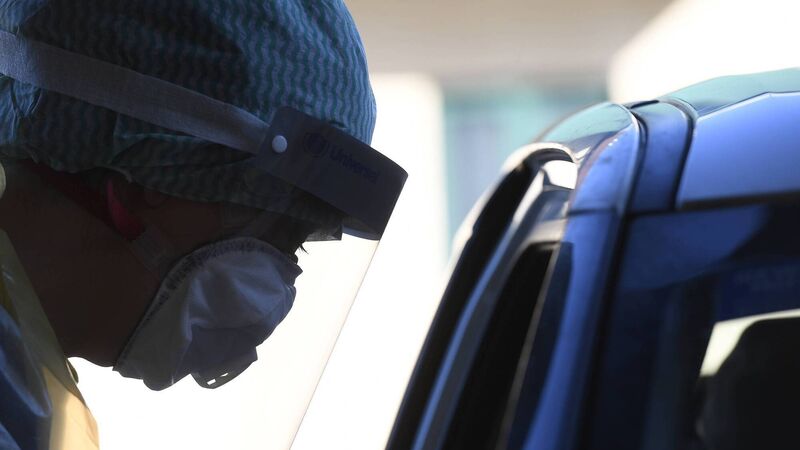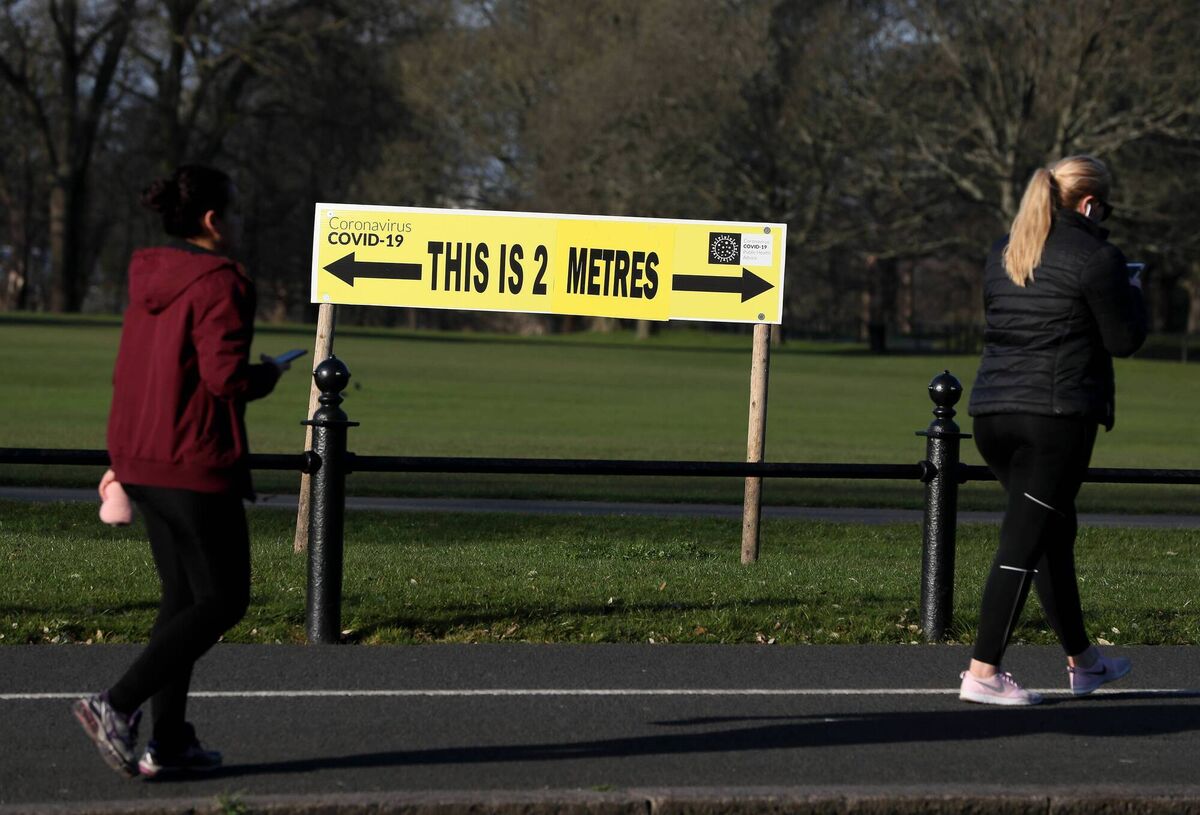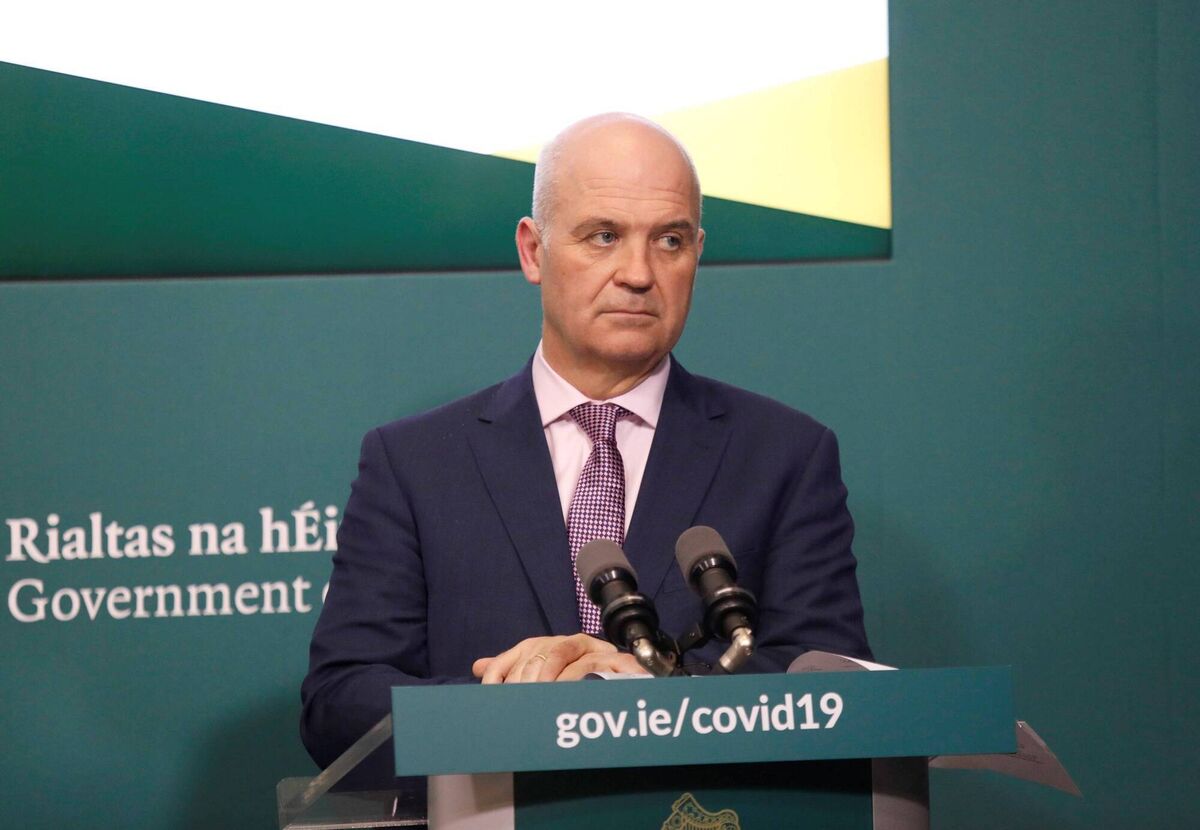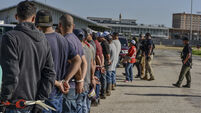Maresa Fagan: Does the current Covid-19 picture warrant Lockdown 2.0?

A nurse working at a Covid-19 test centre. File picture
Two weeks ago the government rejected the expert advice of the National Public Health Emergency Team (Nphet) to move to Level 5 restrictions following a rapid rise in Covid-19 infections across the country.
In a remarkable turnaround, that same advice was accepted as the right judgment call this week.
The decision, however, is dividing the nation, with many supporting the move to flatten the second Covid-19 wave while others question the wider societal and economic impacts of another six-week lockdown.
Public health experts were guided by several Covid-19 metrics, including the exponential growth in viral spread, an increase in hospital admissions, and the fact that the virus is seeping into nursing homes and other vulnerable settings.
In the past week alone more than 7,600 new cases and 25 Covid-19 deaths were confirmed. There are now over 300 people in hospital due to Covid-19, with more than 30 in intensive care.
The figures may not appear stark on the face of it but point to a worrying trend.
In weighing up the current Covid-19 picture, it’s worth revisiting where we were in March, when the World Health Organisation first declared the pandemic and when Ireland confirmed its first coronavirus fatality and got its first lockdown.

By this time the virus was only beginning to get a grip. By March 24, Ireland had over 1,300 confirmed cases and seven deaths, prompting the closure of all non-essential businesses. Three days later, with more than 2,000 cases and 22 deaths, a harder lockdown came with an advisory to stay at home.
In a matter of weeks, case numbers soared to 20,000 and the number of deaths exceeded 1,200 by the close of March, when one million workers were being supported by the State.
Since then 1,865 people have lost their lives in Ireland – half of them in nursing homes.
The virus took its toll in April, when 77 deaths were confirmed on one single day, hospital admissions rocketed to 881 and ICU admissions peaked at 155.
The country was in unchartered territory then. We were facing an unknown and unquantifiable biological threat. We were in the emergency phase.
A key concern was the risk of our health service being overwhelmed, which prompted the temporary takeover of 19 private hospitals at a cost of €115 million per month.

The extraordinary challenges we faced then around PPE, laboratory reagents, and testing backlogs no longer apply.
Today, we know more about the virus; we test those without symptoms and we have greater testing capacity. We have resumed non-Covid care and our nursing homes are better prepared.
Yet risks remain. We no longer have the comfort of 19 private hospitals and over 500 ICU beds at our disposal as we did at the peak of the pandemic – we currently have 272 ICU beds.
The testing and tracing system, while bolstered, is at risk of being overwhelmed and unable to identify and isolate the source of infection.
And there is the risk to the health service, which is running Covid and non-Covid care streams, and facing additional winter challenges.
Allowing Covid-19 to continue spreading uncontrollably is perhaps the greatest risk because we still do not know with any certainty where the virus will take us in terms of fatalities, long-term illness, and damage to the economy.












